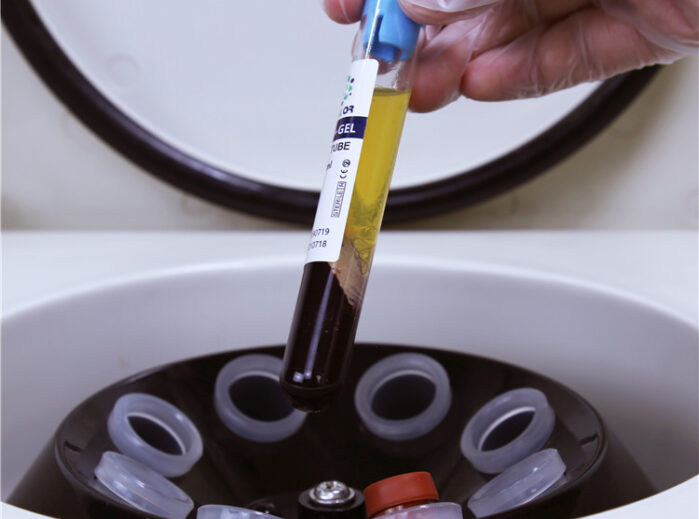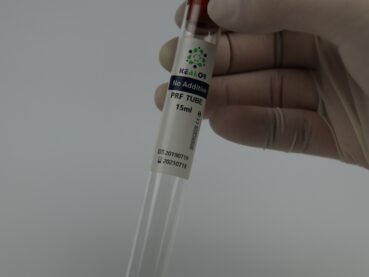Unlocking the Potential of PRP for Hair Growth: A Comprehensive Guide
Hair loss can be a distressing experience, affecting millions worldwide. In the quest for effective solutions, Platelet-Rich Plasma (PRP) therapy has emerged as a cutting-edge treatment, offering hope for those seeking hair regrowth. This comprehensive guide delves deep into the science and application of PRP for hair growth, highlighting its potential as a game-changer in hair restoration.
Understanding PRP Therapy: The Science Behind Hair Regeneration
PRP therapy utilizes the body’s own healing mechanisms to stimulate hair growth. The procedure involves extracting a small amount of the patient’s blood, processing it to concentrate the platelets, and then injecting this platelet-rich plasma into the scalp. Platelets are key to wound healing and tissue regeneration, making them ideal for hair restoration. Their growth factors and proteins support hair follicle health, potentially reversing hair thinning and promoting new hair growth.
The PRP Procedure: A Step-by-Step Breakdown
The PRP treatment begins with blood collection, similar to a routine blood test. The blood is then placed in a centrifuge, where it’s spun at high speeds to separate the plasma from other blood components. The resulting PRP is carefully extracted and prepared for injection into the scalp. This process targets areas of hair loss, ensuring that the growth factors reach the follicles directly. Patients often require multiple sessions, spaced a few weeks apart, for optimal results.
PRP for Hair Growth: Examining the Evidence
Clinical studies have shown promising results regarding PRP’s effectiveness in hair regrowth. Research indicates that PRP injections can increase hair count, thickness, and growth phase duration. These studies underscore PRP’s potential as a viable treatment for androgenetic alopecia (commonly known as male or female pattern baldness) and other forms of hair loss.
Ideal Candidates for PRP Hair Treatment
PRP therapy is most effective for individuals experiencing early hair loss or thinning. It’s particularly beneficial for those with androgenetic alopecia, as PRP can help in slowing down the typical hair thinning pattern. However, PRP may not be as effective for those with long-standing, extensive baldness or non-pattern hair loss. A consultation with a hair restoration specialist is crucial to determine if PRP is the right option.
Combining PRP with Other Hair Loss Treatments
For enhanced results, PRP can be combined with other hair loss treatments like minoxidil (Rogaine) or finasteride (Propecia). These combinations can provide a synergistic effect, improving overall hair density and health. It’s essential to discuss with a healthcare provider the best treatment plan based on individual hair loss patterns and health history.
Safety and Side Effects of PRP for Hair Growth
PRP therapy is generally considered safe, with minimal side effects. The most common are mild pain, scalp tenderness, and temporary swelling at the injection sites. Since the treatment involves using the patient’s own blood, the risk of allergic reactions or infections is significantly reduced.
Cost Considerations in PRP Hair Treatments
The cost of PRP treatments varies depending on location, clinic, and the number of sessions required. While it can be a significant investment, many find the potential benefits in hair regrowth and self-confidence worth the expense. It’s important to weigh the cost against the anticipated results and personal value.
FAQs on PRP for Hair Growth
- How long does it take to see results from PRP for hair growth?
- Results vary, but most patients notice improvements within 3 to 6 months after starting treatment.
- Is PRP hair treatment painful?
- Discomfort is minimal and manageable, with some experiencing a mild pressure or sensation during injections.
- Can PRP cure baldness?
- PRP is not a cure for baldness but can significantly improve hair density and thickness in cases of thinning.
- How many PRP sessions are needed for hair growth?
- Typically, 3 to 4 sessions spaced about a month apart are recommended, followed by maintenance treatments.
- Are the results of PRP for hair growth permanent?
- While results are not permanent, maintenance sessions can prolong the benefits.
Conclusion: Embracing PRP for Hair Regrowth
PRP therapy for hair growth stands out as an innovative, minimally invasive option, harnessing the body’s natural healing capabilities. With its promising results, safety profile, and growing popularity, PRP therapy offers a beacon of hope for those struggling with hair loss. As research continues to evolve, PRP could become a cornerstone in hair restoration treatments, transforming lives and boosting self-confidence.








